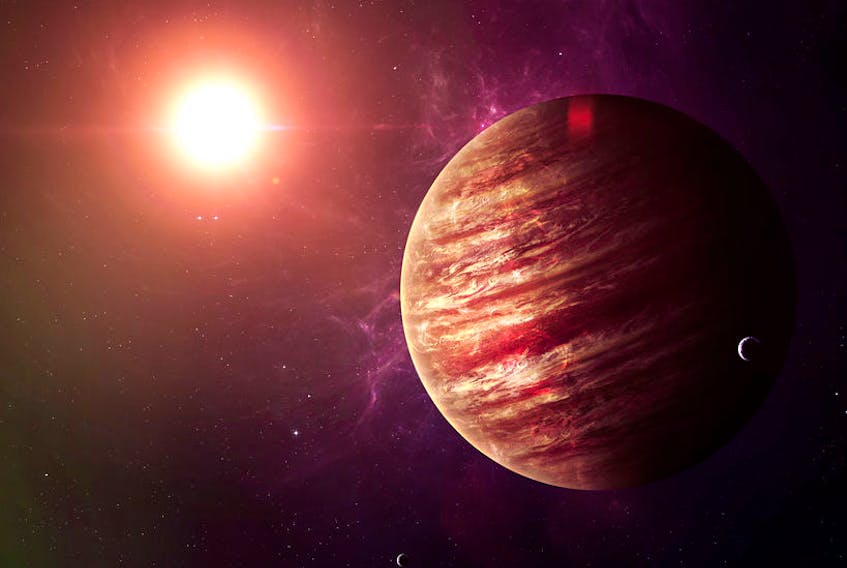Hi, Sky Gals and Guys. It's time to look at the sky again and see what there is to see.
In the past, we have looked at Sky Shapes in the Big Dipper and other parts of the sky and this month, I am going to try and add to the "Shapes" we can see. Of course there aren't really any shapes in the sky, but our human brain tends to "draw" lines in the sky between stars, and thus create shapes.
Let's start at the Big Dipper again. Remember how to find Polaris, the North star. As a reminder, go to the two stars of the pot away from the handle. Then go from the star at the bottom of the pot, through the star at the tip, and five times that distance and you should arrive at the North star. Now, go to the star in the handle that is nearest to the pot. Start at that star, draw a line from that star through the North star and go the same distance again. You should arrive at a rather large "W" or "M" shape -depending on the time of the year. At present it will be in the North Northwest, and about 10-15 degrees up from the horizon. This is Cassiopeia, the queen sitting on her throne. I know, it does not look like a queen on her throne but there you have it.
Now if you take the inside of the "W" going almost directly westward, you should come to a line of about eight stars that branch halfway along the eight stars. Now, backup towards the "W" about half way, you should find, if the sky is clear and dark, a dime sized fuzzy faint object. This is the famous Double Cluster, so named because in telescopes it shows up as two huge separate clusters of stars. In 10x50 binoculars, it looks like a beautiful lady's necklace and pendant - jewelry in the sky.
And now a second and easy one to find. Summer is coming and almost everybody likes a cold ice cream cone, so let's find one. Back to the Big Dipper. This time we use the three stars of the handle and go away from the pot. These three are in an arc and if we continue that arc away from the pot, we should come to a bright star - Arcturus, the second brightest star in the Northern Sky. Now you need to use your imagination. Make Arcturus the bottom of a "cone" of ice cream. You should be able to trace out the shape of the come and ice cream scoop upwards beside the dipper handle. How high? The two inner stars of the handle of the Dipper point at the top of the scoop. However, I don't know the flavour.
So now you know another little segment of the sky. More in another article.
So what can we see in the April Sky?
Well- both at night and in the morning before sunrise, it's kind of an exciting month for good fun viewing. There is lots up there. Let's start with our night sky. The two brightest planets - Jupiter and Venus are now becoming our night time show. For Venus, look in the West at the first of the month, about 10 degrees above the horizon. It will set about 3/4 of an hour after sunset. By month's end, it will set about two hours after sunset, shining 20 to 25 degrees above the horizon.
Jupiter, in early April rises before midnight in the East Southeast. By month's end, it is opposite Venus in the sky and you can see it during twilight, but it's still "best" in the morning hours. Now by mid-month, about an hour after sunset, if you look almost directly above Venus, you should see a very pretty Tiny Dipper - the Pleiades. Did you know that the Pleiades is the stylized hood ornament of the Subaru car?
Finally, when you find the Pleiades look to the left and you should see a "Y" shaped group of stars - the horns of Taurus the Bull.
Morning is also great. In early April, Mars and Saturn appear equally bright, and are within two degrees of each other in the South Southeast. But if you look carefully, one hour before sunrise, you should be able to see a dim Teapot, pointing to the right, and with its handle just below Mars and Saturn.
Anything else in the sky this month? On the night of April 22nd or really the morning hours of the 23rd, you can see the Lyrid Meteor Shower. It's not great - maybe 18-20 per hour but it is getting warmer at night after those frigid winter nights.
And so goes another sky month. Don't forget to look up and hopefully be entranced by some of those magical sky nights.









